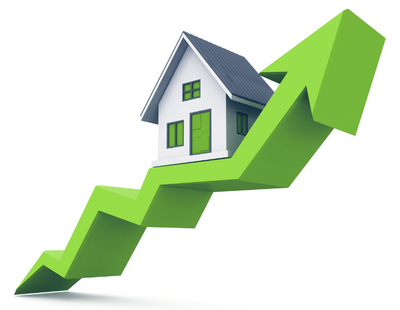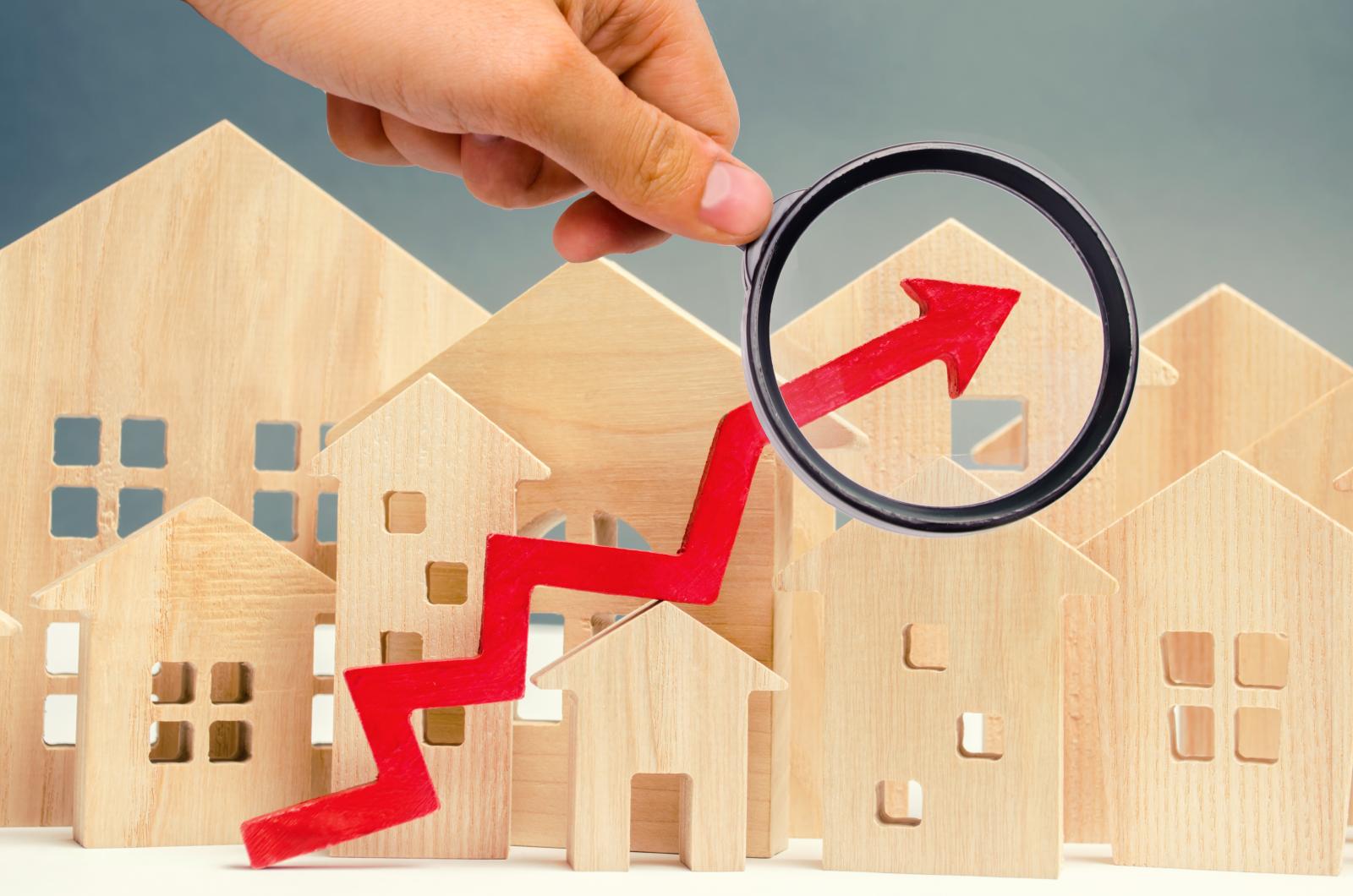House prices increased for the second consecutive month in November, according to Halifax.
The lender’s latest House Price Index recorded monthly growth of 0.5% but said average values are still down annually by 1% albeit at a better rate than the previous 3.1% decline.
The typical UK home now costs £283,615, around £1,300 more than last month, Halifax said.
The monthly increase may raise hopes of a housing market recovery but it could also reflect a lack of stock on the market and there are regional differences.
Northern Ireland was the strongest performing nation or region in the UK during November, with house prices increasing by 2.3% annually, while property prices in the South East fell most sharply by 5.7%.
Average prices in London were also down 3.8% annually.
Kim Kinnaird, director at Halifax Mortgages, said: “The resilience seen in house prices during 2023 continues to be underpinned by a shortage of properties available, rather than any significant strengthening of buyer demand.
“That said, recent figures for mortgage approvals suggest a slight uptick in activity levels, which is likely as a result of an improving picture on affordability for homebuyers. With mortgage rates starting to ease slightly, this may be leading to increased buyer confidence, seeing people more inclined to push ahead with their home purchases.
“However, the economic conditions remain uncertain, making it hard to assess the extent to which market activity will be maintained. Other pressures – like inflation, the broader cost of living, overall employment rates and affordability – mean we expect to see downward pressure on house prices into next year.”
Commenting on the data, Tom Bill, head of UK residential research at Knight Frank, said: “The fact inflation has fallen below 5% is better news for the UK property market than the positive house price readings of the last two months.
“The jury is still out on the sustainability of recent rises in such a thin market, but if we are not at the bottom of the current housing market slowdown, we must be close.
“The key is that sentiment has become more buoyant in recent weeks as the economic data improves and keeps downwards pressure on mortgage rates. Transactions numbers, which are a better indicator for the overall health of the market than prices, should be stronger in the next six months than the last six provided a General Election is not called in the first half of 2024.
"As the economic backdrop improves, the political temperature is rising, which is likely to be the biggest risk faced by the UK housing market over the next 12 months.”
Nathan Emerson, chief executive of agency trade body Propertymark, added: “There is little hiding away from the fact 2023 has been a complex and challenging year for the housing market. The market has grappled with both high inflation and elevated interest rates and this unfavourable combination has brought a far more cautious approach from both buyers and sellers alike.
“Propertymark remains optimistic 2024 will bring a more positive outlook, with inflation hopefully continuing to drop and household earnings gathering greater momentum. However, we must remain vigilant, as recovery sometimes comes with unexpected challenges along the way.
“It’s important to realise that while some geographical areas are starting to gain traction once again, for an overall healthy property market it would be preferable to see this universally across the entire UK before we can be confidently reassured.”
















.png)


.png)




Join the conversation
Be the first to comment (please use the comment box below)
Please login to comment